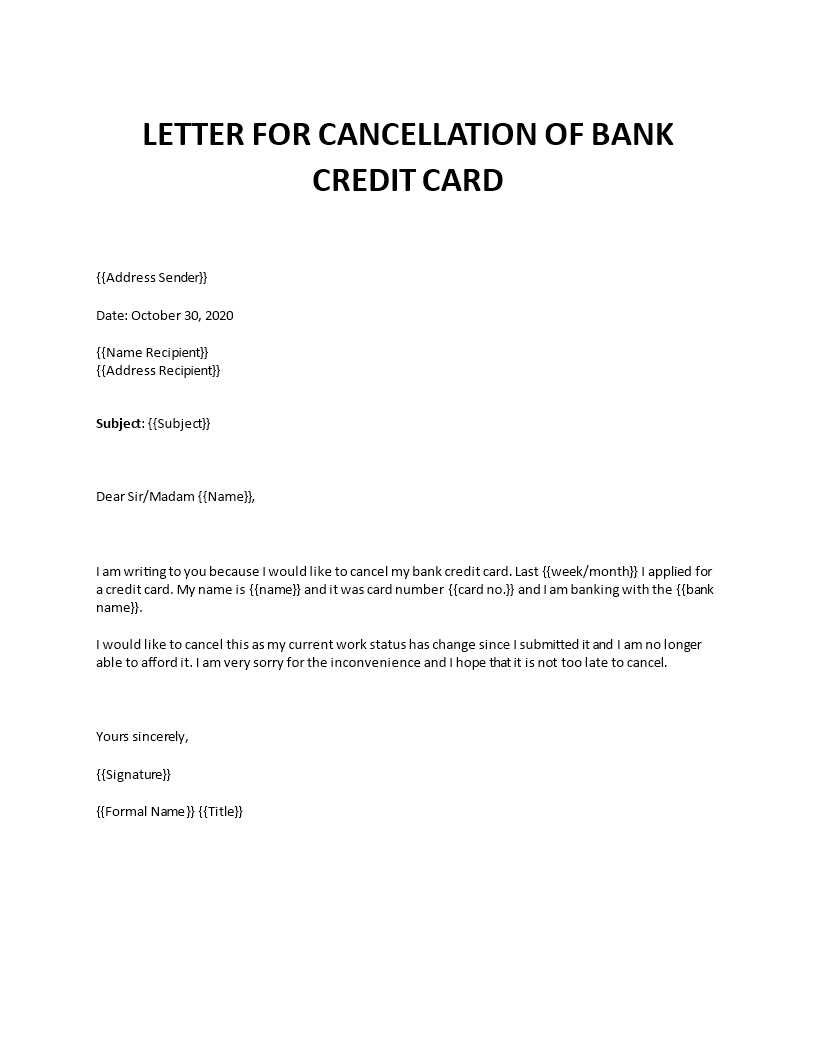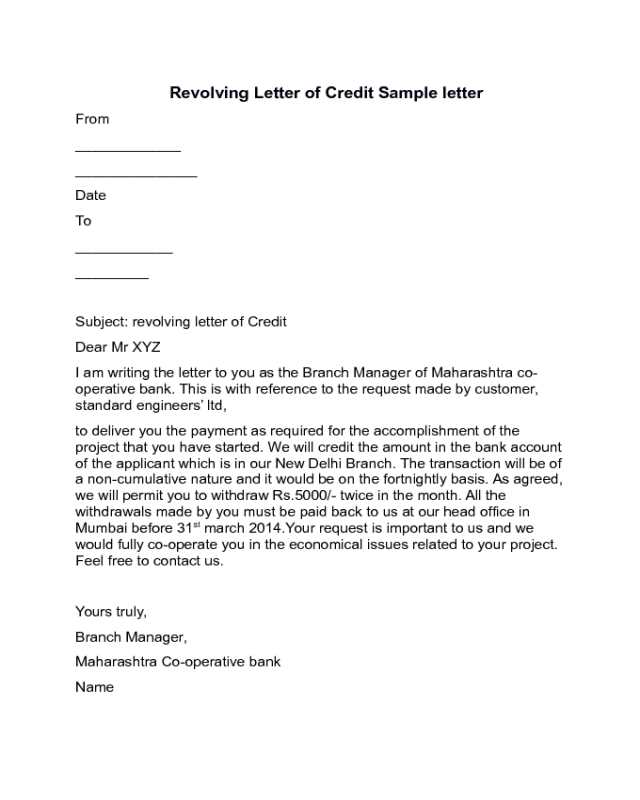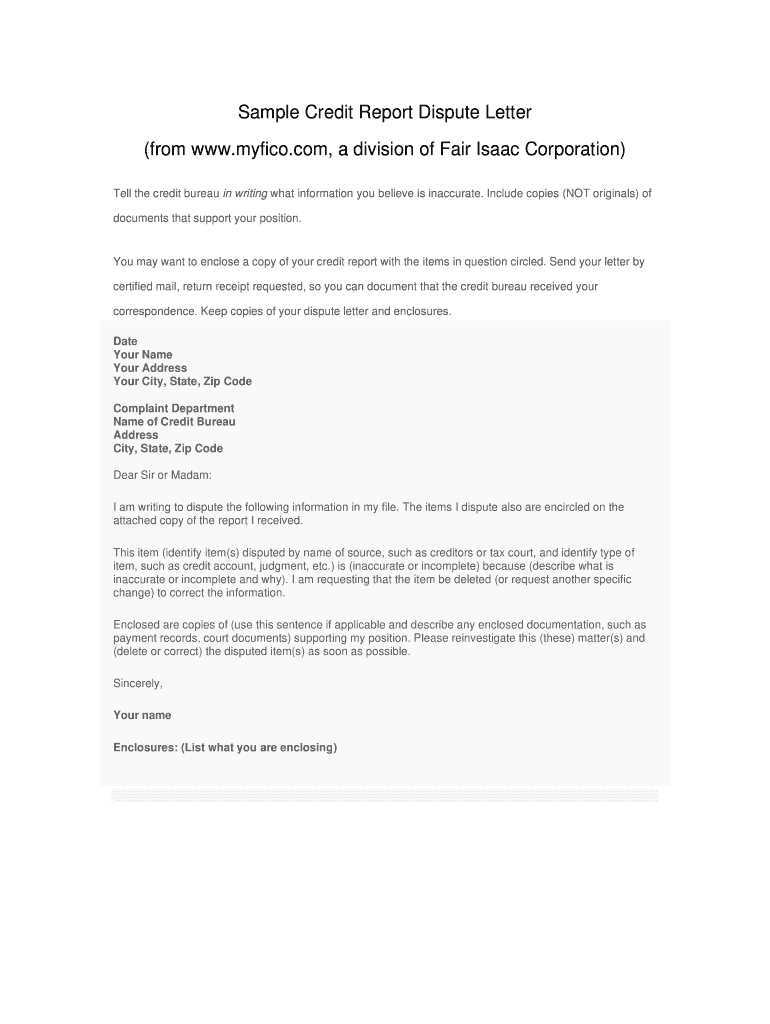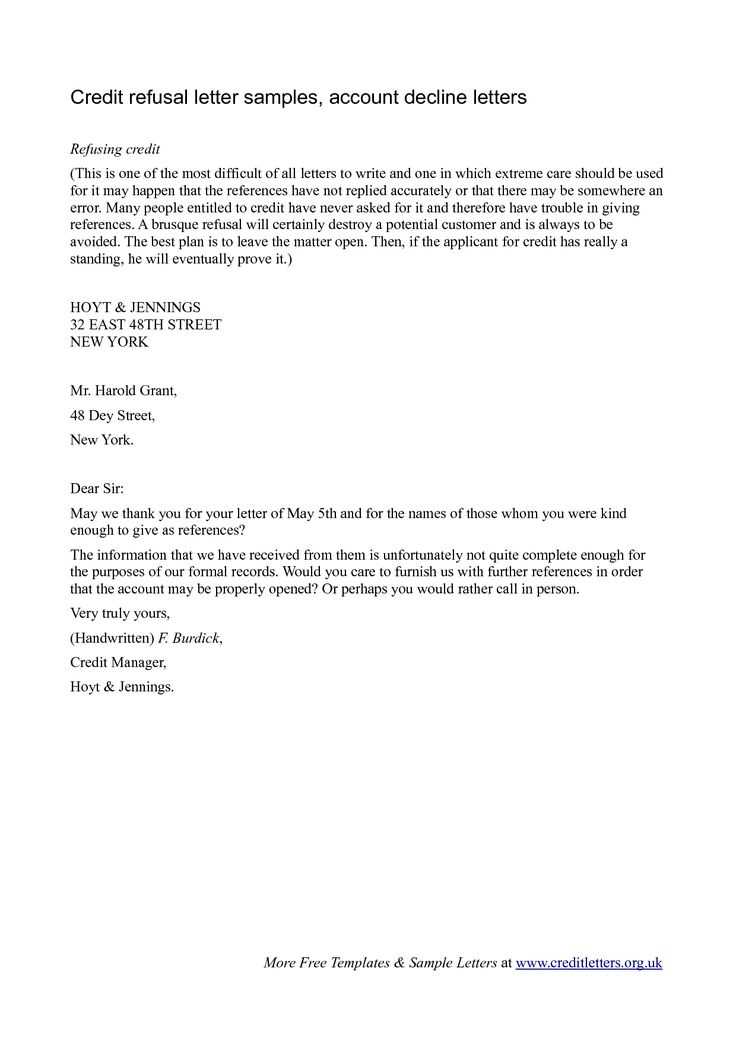Credit Decline Letter Template for Professional Communication

When denying a request for financial assistance, it’s essential to convey the decision clearly and respectfully. An effective communication strategy helps maintain professionalism while managing client expectations. Crafting a message with care can also foster trust and preserve relationships, even in challenging situations.
Essential Components of a Rejection Communication

A well-crafted response should include specific details that explain the reasoning behind the decision, while being careful not to sound too harsh. Here are key elements to consider:
- Clear Explanation: Briefly outline why the request cannot be approved.
- Politeness: Even though the decision is negative, maintain a courteous tone.
- Future Opportunities: Encourage the individual to try again later, if applicable.
- Contact Information: Provide a way for the recipient to ask questions if needed.
Best Practices for Crafting Your Response
Adopting the right approach when writing such a communication can make all the difference. Here are some tips for a positive outcome:
- Stay Professional: Avoid casual language and ensure that the tone remains formal.
- Be Direct but Gentle: Provide a concise explanation while being empathetic.
- Focus on the Facts: Stay factual and avoid making personal judgments or assumptions.
Avoiding Common Mistakes in Rejection Messages
There are certain pitfalls that should be avoided when writing these communications:
- Over-explanation: Offering too many reasons can come off as defensive or unnecessary.
- Being Too Harsh: Negative language can damage relationships, even when the decision is final.
- Ignoring Clarity: Make sure the recipient understands the outcome without confusion.
Legal Considerations When Denying Requests
In some cases, there are legal requirements that must be followed when refusing a request. These requirements vary depending on the jurisdiction, so it is important to consult relevant regulations. Keep in mind the need for compliance with privacy laws and fair treatment standards.
Effective Communication When Refusing Financial Assistance
Delivering a negative decision requires clarity and professionalism. When refusing a request, it is important to communicate the outcome in a way that is both clear and respectful, maintaining a constructive tone. The goal is to ensure that the recipient understands the decision while preserving goodwill for future interactions.
Being transparent in your message helps avoid confusion, and providing the necessary context shows the reasoning behind your decision. Crafting a message with empathy can turn a potentially disappointing situation into an opportunity for further growth or future collaboration.
Core Elements of a Rejection Response

In any refusal, there are a few key elements that should always be present:
- Reasoning: Provide a brief and clear explanation for the rejection without going into unnecessary detail.
- Respectful Tone: Ensure the communication remains polite, even when conveying negative news.
- Encouragement: Offer potential next steps or a possibility for future consideration, if appropriate.
- Contact Information: Always include a way for the recipient to reach out for further clarification or discussion.
Best Practices for Crafting a Respectful Response
Writing a professional and considerate refusal requires attention to detail. Here are some best practices to keep in mind:
- Stay Professional: Avoid informal language and ensure the response stays formal throughout.
- Be Concise: Keep the message direct and to the point, offering only essential details.
- Maintain Empathy: Acknowledge the potential disappointment and offer reassurance in a tactful manner.
Common Pitfalls in Refusal Messages
Several common mistakes can undermine the effectiveness of a refusal message. These include:
- Over-explaining: Avoid unnecessary details that might complicate the situation.
- Being too blunt: Harsh language can alienate the recipient and damage future relations.
- Vague Statements: Make sure the recipient clearly understands the reason for the decision.
Adapting Your Message for Different Audiences

Different audiences may require tailored approaches. A corporate client might appreciate a more formal tone, while an individual applicant might prefer a friendlier, empathetic approach. Adjust your language, tone, and level of detail based on the recipient’s background and the nature of the request.
Understanding Legal Requirements in Refusal Communications
Depending on the region and circumstances, there may be legal guidelines regarding refusals. It is crucial to be familiar with relevant laws governing transparency, privacy, and non-discrimination. Ensure that your message complies with applicable regulations to avoid potential legal issues.